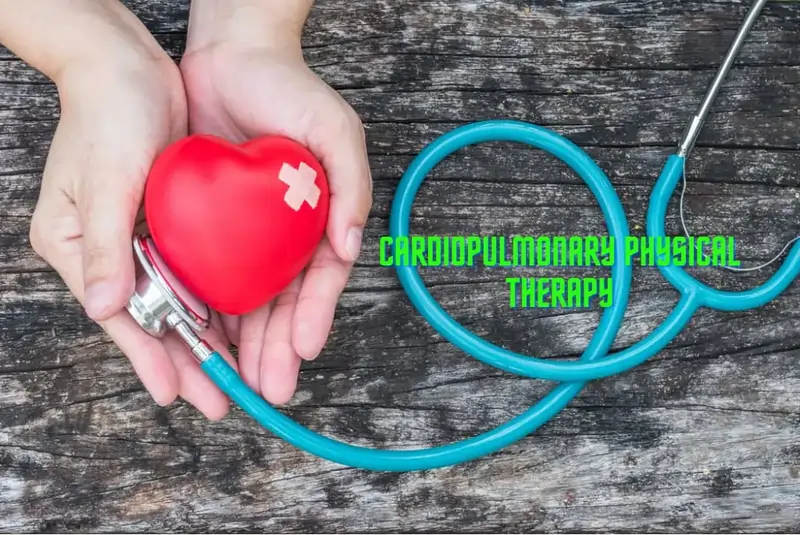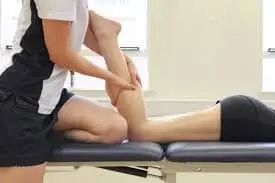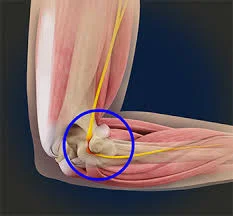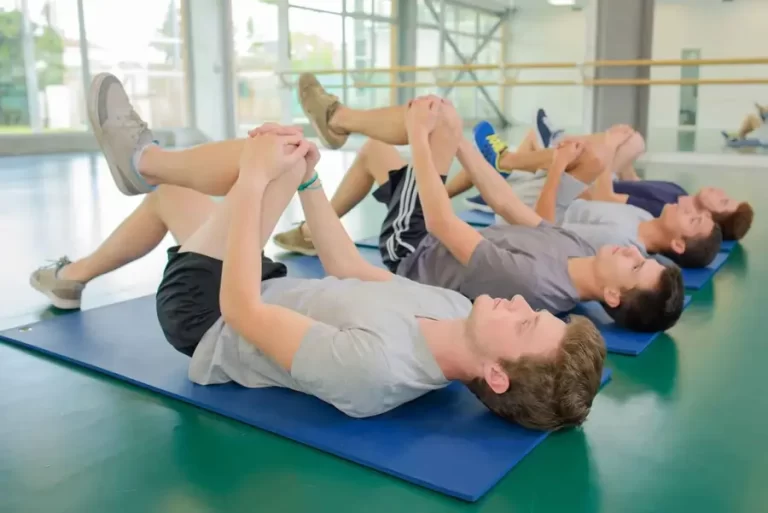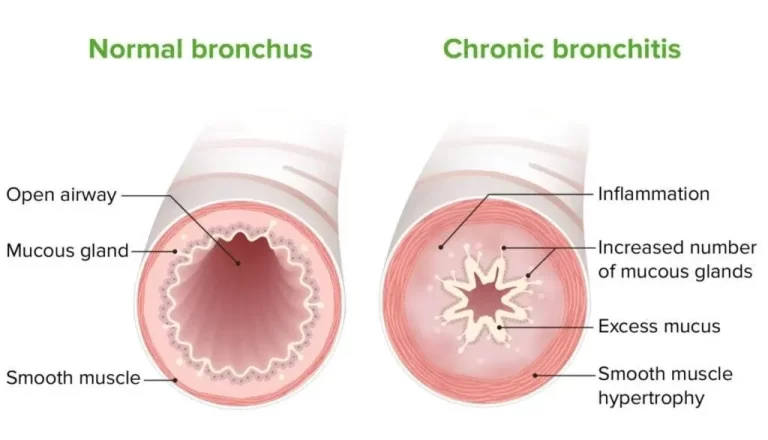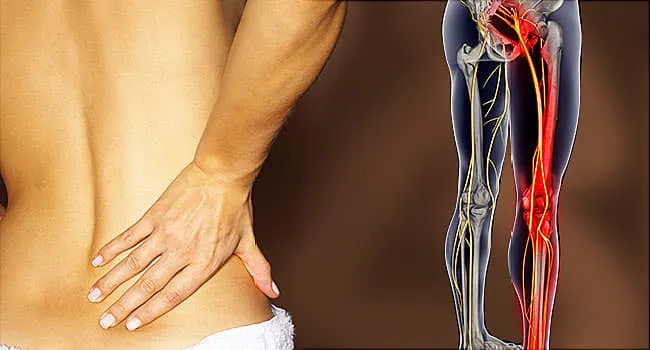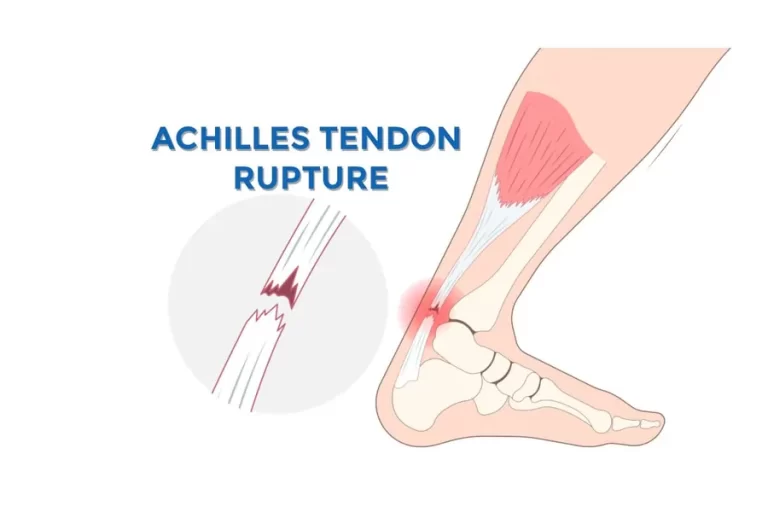Cardiopulmonary Physical Therapy
What is a Cardiopulmonary Physical Therapy?
Cardiopulmonary physical therapy is a specialized branch of physical therapy that focuses on the assessment and treatment of individuals with cardiovascular and pulmonary conditions. These conditions can range from acute to chronic, and they often impact a person’s ability to perform daily activities and maintain optimal health.
Cardiopulmonary physical therapists play a crucial role in helping patients improve their cardiovascular and pulmonary function, increase their endurance and stamina, manage symptoms, and enhance their overall quality of life.
In the field of physical therapy, cardiopulmonary physical therapy was initially acknowledged as a clinical specialty in 1978. Since then, there have been significant changes in the clinical practice of pulmonary and cardiovascular physical therapy.
The American Board of Physical Therapy Specialties mandates that a practice analysis be carried out at least once every ten years in order to keep currency in this area.
The methodology of the most current practice analysis in pulmonary and cardiovascular physical therapy is described in this study.
Professionals should define distinctive bodies of knowledge, but those definitions need to be reviewed on a regular basis to ensure that real practice adheres to the suggested norm.
As of right now, eight physical therapy practice areas have been identified as having a particular knowledge base and skill set.
Who Can Benefit From Cardiopulmonary Physical Therapy?
The goal of cardiovascular and pulmonary physical therapy is to help people breathe better and increase their aerobic capacity by teaching them better breathing practices and having them exercise under close supervision.
Enhancing cardiopulmonary function makes the body more adept at utilizing oxygen, which reduces dyspnea and enhances the quality of life overall.
We treat the following diagnoses:
- Inhalation
- COPD stands for chronic obstructive pulmonary disease.
- Asthma
- Prolonged bronchitis
- Lack of alpha-1 antitrypsin
- IPF, or idiopathic pulmonary fibrosis
- The diseases of the interstitial lung, including pulmonary fibrosis (PF)
- NTM, or non-tuberculosis mycobacterium
- sarcoidosis
- Various connective tissue illnesses, including scleroderma
- Heart hypertension
- Heart failure as well as further cardiopulmonary disorders
What is Cardiopulmonary Physical Therapy?
Every patient has a unique diagnosis. Treatments for cardiopulmonary disorders with physical therapy can vary and include:
- Cardiovascular exercise that is graded and tracks pulmonary and cardiac function
- Graded resistance training to increase muscle mass as needed
- Breathing techniques to increase breathing efficiency
- Techniques for clearing the airways
- Joint and soft tissue mobilizations to increase the effectiveness of ribcage mobility
An essential component of your care is patient education, which could involve the following:
- Anatomy, physiology, diagnosis, and anticipated development are discussed.
- Examining functional restrictions and coping mechanisms
- talk about striking a balance between activity and rest
- Talking about using more oxygen when necessary
- referrals to medical professionals when necessary
Who Provides Cardiopulmonary Physical Therapy?
A team of skilled clinicians led by a licensed physical therapist conducts the assessment and therapy. Make an appointment right away if any of the aforementioned symptoms are plaguing you.
Recovery and Rehabilitation for Pulmonary get in touch with us if you have any inquiries about the different treatments or if pulmonary physical therapy is a good fit for you.
We would be pleased to talk with you about your situation before your evaluation.
Five Main Advantages of Including Cardiovascular Exercises in Your Fitness Program
It is crucial to maintain maximum health in the fast-paced environment of today. Cardiopulmonary workouts are one technique to accomplish this in your fitness regimen. Our cardiopulmonary physical therapist recommends these workouts since they are beneficial for more than just cardiovascular health. To find out more, keep reading.
5 Benefits of Cardiopulmonary Physical Therapy
Increased Cardiovascular Endurance: Cardiopulmonary exercise on a regular basis greatly increases cardiovascular endurance. Exercises like jogging, cycling, or swimming that increase heart rate fall under this category.
Your heart becomes more effective at pumping blood and distributing oxygen to different parts of the body as a result. Higher cardiovascular endurance makes daily tasks feel less taxing by strengthening the heart and boosting general stamina.
Enhanced Respiratory Function: Cardiopulmonary workouts are essential for improving respiratory function in addition to their heart-healthy effects. People who engage in lung-taxing activities, such as rapid walking or aerobic exercises, have greater lung capacity.
Better oxygen exchange is made possible by this, which enhances breathing efficiency. For those who suffer from respiratory diseases like asthma, including these activities can be especially beneficial in promoting improved respiratory health.
Weight Management and Fat Loss: Cardiopulmonary workouts are a game-changer for anyone looking to lose excess fat or control their weight.
Multiple muscle groups are worked throughout these exercises, which encourages fat reduction and calorie burning. They also increase metabolism both during and post-workout, which aids in weight management.
Exercises that increase metabolism and burn calories simultaneously make cardiopulmonary exercise a useful strategy for reaching and maintaining a healthy weight.
Decreased Stress and Mental Health: A common problem that has an impact on one’s bodily and emotional well-being is stress. The good news is that aerobic exercise is a highly effective way to reduce stress. Endorphins are the body’s natural mood enhancers and regular exercise and physical treatment cause them to be released.
Not only does this lessen stress, but it also enhances general well-being. A proactive strategy for stress management and promoting mental health is to include these therapeutic exercises in your daily routine.
Disease Prevention: Cardiopulmonary workouts are essential in preventing a number of health disorders. Preventing issues is always preferable to treating them. Regular participation in these activities has been associated.
With a lower chance of developing conditions including diabetes, heart disease, and even some types of cancer. The beneficial effects on blood pressure, cholesterol, and blood sugar management prolong life and promote general health.
Prevention of Cardiovascular Disease with Cardiopulmonary Physical Therapy
Cardiopulmonary physical therapy stands out in the field of cardiovascular health as a ray of hope for people looking for both proactive illness prevention and treatment. There is no denying the connection between physical exercise and cardiovascular health, and our method of cardiopulmonary physical therapy is at the forefront of cardiovascular disease prevention.
Understanding Cardiovascular Disease
Prior to diving into the details of Cardiopulmonary Physical Therapy, it is important to understand the powerful enemy that we are trying to defeat: Cardiovascular Disease (CVD).
Heart failure, stroke, and coronary artery disease are just a few of the disorders that fall under the umbrella of cardiovascular disease (CVD), which affects the heart and blood arteries. When one considers the severity and frequency of CVD, prevention becomes crucial.
The Role of Cardiopulmonary Physical Therapy
Customized Exercise Plans: Cardiopulmonary Physical Therapy takes a sophisticated approach, acknowledging that every person’s cardiovascular health is different.
Our customized workout plans combine resistance and aerobic training to target particular risk factors including high cholesterol, obesity, and hypertension. These workouts improve cardiovascular resiliency overall in addition to strengthening the heart.
Advice on Modifying Your Lifestyle – We understand that lifestyle choices have a significant influence on cardiovascular health in addition to exercise.
Comprehensive advice on forming heart-healthy routines, such as dietary counseling, stress reduction techniques, and smoking cessation programs, is part of our therapy. We create an environment that is heart-protective by enabling people to make educated lifestyle decisions.
The Science Behind the Therapy
The idea behind cardiopulmonary physical therapy is to increase cardiovascular endurance. We can improve blood circulation and lower the risk of arterial blockages by stimulating the heart to pump more efficiently through carefully planned workout regimens. This strategy of increasing endurance promotes a healthy cardiovascular system in addition to preventing cardiovascular illnesses.
Optimizing Pulmonary Function
Acknowledging the mutually beneficial association between the heart and lungs, our treatment plan also prioritizes enhancing pulmonary performance. Focused workouts improve lung capacity and guarantee a productive exchange of oxygen and carbon dioxide. This enhances respiratory health generally and positively impacts cardiovascular health as well.
Advantages of Cardiopulmonary Physical Therapy
Cardiopulmonary physical therapy is considered a proactive strategy for illness prevention, in contrast to reactive treatments for cardiovascular health. People can drastically lower their risk of CVD and live longer, healthier lives by tackling risk factors early in life.
Our strategy is more comprehensive than just physical training. Cardiopulmonary Physical Therapy (CPT) integrates lifestyle changes and cultivates a health-conscious mentality to support overall well-being. This enhances general quality of life and improves mental health in addition to preventing cardiovascular illnesses.
FAQ
What is the role of physiotherapy in the cardiopulmonary system?
Physical modalities are used by cardiopulmonary physiotherapists to treat patients. This could entail giving an individual exercise to increase their functional exercise capacity or employing noninvasive ventilation to help them breathe. It could also entail utilizing physical procedures to remove diseased mucus from their chest.
What are the settings for cardiopulmonary physical therapy?
Cardiopulmonary physical therapists operate in a variety of physical therapy settings, such as inpatient hospitals, hospital-based outpatient clinics, private clinics, and maybe even home health settings.
What are the cardiopulmonary diseases?
The medical term “cardiopulmonary disease” refers to a group of significant conditions affecting the heart (“cardio-“) and lungs (“-pulmonary”). Cardiovascular disease (CVD) and chronic obstructive pulmonary disease (COPD) are the two main cardiopulmonary disorders associated with tobacco use.
What is cardiopulmonary exercise capacity?
This represents an individual’s maximum capacity to absorb, transfer, and utilize oxygen. It indicates the functional aerobic capacity of that individual. Vo2max is the most significant value made during functional exercise testing and has emerged as the standard laboratory measure of cardiorespiratory fitness.
What is the normal cardiopulmonary response to exercise?
The cardiovascular system’s initial reaction to exercise is a rise in heart rate brought on by a drop in vagal tone. An increase in sympathetic outflow to the heart and systemic blood vessels occurs after this rise.
What is cardiopulmonary activity?
The primary respiratory muscle (diaphragm) and the heart muscle produce volumetric changes in response to cardiopulmonary activity, which can provide important information for deriving the cardiopulmonary signal.
What is cardiopulmonary function?
The heart, blood vessels, blood, blowhole, trachea, bronchi, and lungs are all part of the cardiopulmonary system. These interconnected systems are in charge of removing carbon dioxide from the body and transferring oxygen to the body’s cells.

